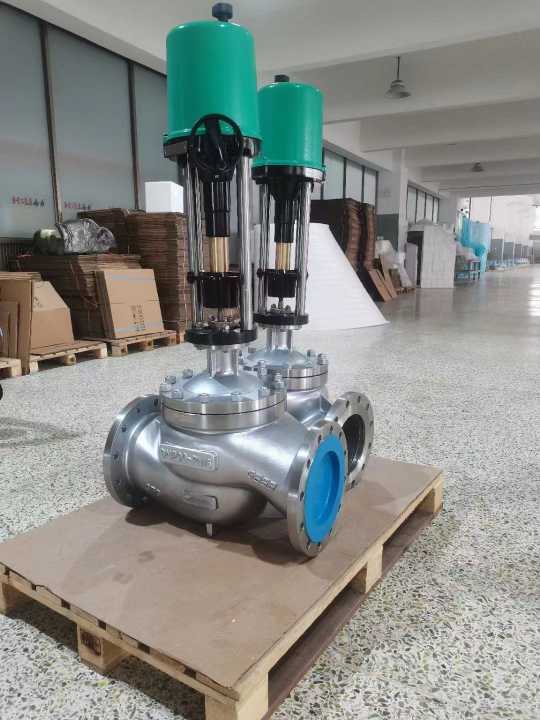hydrogen energy electric single seat regulating valve: a key component in hydrogen systems
Release time:2025-05-03 07:39:21
The rise of hydrogen as a clean and sustainable energy source has captured global attention, with governments and industries focusing on developing efficient technologies to harness its potential. Among these technologies, the Hydrogen Energy Electric Single Seat Regulating Valve plays a pivotal role in ensuring the efficient and safe control of hydrogen flow within various systems. This article delves into the importance, operation, and applications of this specialized valve in the growing hydrogen energy sector.

The Role of Hydrogen Energy Electric Single Seat Regulating Valve
In hydrogen energy systems, safety, precision, and control are paramount. The Hydrogen Energy Electric Single Seat Regulating Valve is designed to regulate the flow of hydrogen gas in pipelines, tanks, or reactors, providing critical control over pressure and flow rate. It is a type of control valve that is commonly used in applications where precise regulation of gas is required. The electric actuation mechanism offers enhanced automation, remote control, and the ability to integrate with modern smart grid systems.
The "single seat" design of the valve refers to its configuration, where the valve disc seats on a single sealing surface. This design allows for minimal leakage, which is crucial in systems handling hydrogen, given the gas’s highly flammable nature. The precision offered by this valve ensures that hydrogen is delivered at the correct flow rates and pressures, optimizing the overall efficiency of the system.

